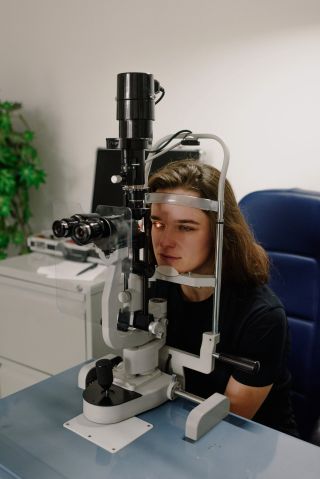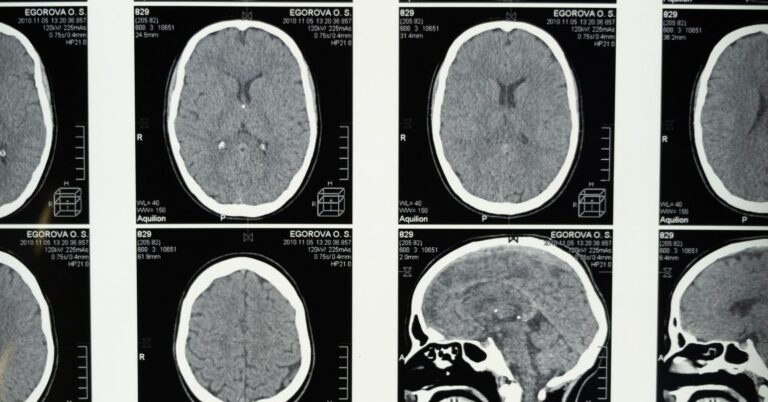
Source: Leeloo Thefirst/Pexels
Like other professionals, doctors like to work a certain way in terms of both style and substance. They vary in how they make diagnoses and choose and implement treatments. Preferences on which evidence and guidelines are silent and yet can affect outcomes.
It may be both art and science, but you want medicine to be evidence-based. Unless nothing is wrong, or it will resolve on its own, we want exams and tests to be done the one right way, leading to one and only one (accurate) diagnosis, and one and only one (effective) treatment. Unfortunately, for many medical conditions, this is simply unrealistic. The science just isn’t there yet.
Below, I describe actual healthcare experiences that illustrate variations in physician approaches and preferences. Some may be questionable, but none involved egregious mistakes, and all offer helpful lessons.
Treatment Choice
Preliminary indications were that my mother might have a cardiovascular problem. But exercise stress test results were negative. Next, a coronary angiography would test more directly for blockages in the arteries that supply the heart. The consent form asked for permission to perform percutaneous transluminal coronary angioplasty (PTCA) immediately if there was a blockage.
Angiography is not without risk. And PTCA, while it can treat arterial blockages effectively, is riskier. My sister and I advised our mother not to agree to PTCA in advance, so we could consider alternatives.
She took our advice. The arteries were clear. The cardiologist, seeming a bit defensive, said the angiography had been necessary because the stress test was positive. We pointed out that he was wrong about that. He apologized for the mistake, then noted other reasons to do the angiography.
We now understand that, despite decades of research on diagnostic techniques and treatment modalities, cardiologists vary as to whether, which, when, and how they perform them. Among many bases for these variations are individual cardiologist’s decision processes, patient characteristics, and institutional factors. It’s not always a simple, easy, evidence-based decision.
We also learned that the center where my mother was worked up had a well-known preference for PTCA.
Mother lived for several decades afterward, and never had any cardiovascular problems.

Source: Ksenia Chernaya/Pexels
Takeaways: Before seeing a specialist, look into possible diagnoses and likely treatments. After diagnosis, ask, “If the problem is not what you think it is, what else might it be?” On receiving a treatment recommendation, ask what guidelines it is based on, what would be the best alternative, and the efficacy and risks for each option. Depending on the details, it may be best to obtain a second opinion and ask another specialist all the same questions.
Thoroughness
Due to a high risk of developing skin cancer, I need annual full-body exams. At one practice, both a dermatologist and a resident methodically inspected my entire body. It took about 20 minutes. At another, a lone dermatologist did the scan in less than five minutes. I’ll be going back to the first.
I have an adrenal mass that has been monitored for over 10 years, generating reams of medical records. One surgeon I consulted asked me its size. Based on my answer they strongly recommended surgery, stating the procedure is highly effective, recovery quick, and complications rare. All without having reviewed those medical records. After reviewing the records, another surgeon said that, based on several indicators, surgery was not indicated.
I had a stinging sensation in my eye. An ophthalmologist, seeing nothing wrong, said nothing need be done. At home later I noticed a rash on my scalp, which they had not examined. A second ophthalmologist subsequently found that the virus that causes Chickenpox, and later can cause shingles, had become reactivated, damaging the cornea of my eye. I needed treatment.
Takeaways: You may be relieved when a doctor’s visit goes quickly. Especially when the conclusion is that no treatment is needed, or a treatment recommendation is made with great confidence. Whatever the diagnosis and recommendation, do whatever you can to make sure it was based on thorough examination of all available information.
Communication
I once stopped seeing an oncologist who had been managing a form of leukemia I have. This because I found communication with them difficult, and they characterized my interest in a second opinion regarding their treatment recommendation as “doctor shopping”.
For over 10 years since, I have been seeing two oncologists (one local, for treatment, one a more specialized, out-of-state consultant). Early on, I asked the best way to reach them with a question or problem. One gave me their email address; the other, their cell number.

Source: Ivan Samkov/Pexels
Subsequently, on a vacation, I noticed a blemish on my face. I was concerned it was another reactivation of the shingles virus, since the leukemia can cause that. I reached the first oncologist via email and a picture of the blemish. They said it indeed appeared to be shingles and called in a prescription for antiviral medication at a nearby pharmacy.
On another vacation, I found and removed a tick that was embedded in the skin on my arm. I was alarmed because Lyme disease is bad enough if you do not have leukemia, and worse if you do. I reached the second oncologist via text and he called in a prescription for an antibiotic.
Many physicians would not have written those prescriptions without seeing me in person. But I was out of town, and for both treatments to be effective, time was of the essence. Responses on both occasions came after hours on weekends.
Takeaways: Many physicians prefer you telephone the office to reach them, which does not guarantee speaking to them on that call or even that day. Others suggest you contact them using a patient portal. And many conduct telehealth visits, some on short notice. It is not typical for physicians to give out their email addresses or cell numbers. But it doesn’t hurt to ask, along with questioning them about using the phone, patient portal, and telehealth.
Conclusion
Physicians do not differ on a single, simple dimension of competence. There are potential differences in all aspects of their approach to medical practice. It is not easy, but these may be gleaned from their websites, patient reviews (especially the comments), online directories and patient forums, and by asking other physicians you see what they know. And by asking them the right questions.
We need to learn what we can about these variations and decide whether and how to work with them, or to move on to a different physician.
“Doctor shopping” should be seen as the thing to do, not a pejorative expression.





















+ There are no comments
Add yours